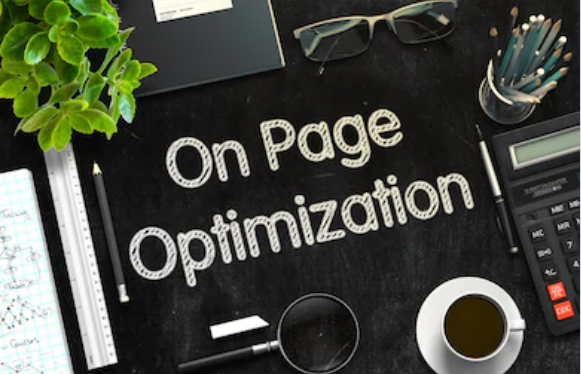One looking to achieve higher SEO ranking should try out on-page SEO. A website forms the basis of all SEO activities, and if not properly optimized for search engines and users, one is likely to record low traffic.
On-page SEO or on-site SEO involves optimizing the content and structure of your website. The ultimate goal of on-page SEO is to allow your website to speak the ‘search engine language.’ With this, one is able to convince search engines your content is worth reading, and your website is useful.
With on-page SEO, one is able to help ordinary search engine crawlers comprehend the content and meaning of your pages.
Importance of On-page SEO
On-page SEO is vital as it offers search engine signals to help them understand the nature of your content. The exercise also allows higher SEO ranking, and the indexing and ranking process is based on keywords and search terms commonly used.
On-page SEO also offers search engine guides to which keywords your page should be ranked using. It’s more of a pointer that allows your website to be classified accordingly.
Additionally, if you are looking for a way to better user experience, On-page SEO can help you out.
For On-site SEO to be functional, one should make implementation intercepts with Off-Page SEO and technical SEO. The three functions must work together to achieve the best outcome.

5 On-page SEO technics that work
Now that the theory and importance of On-page SEO are clear, what techniques can one put to use to boost their SEO ranking?
There are various techniques one can put to use but lets us focus on the best five.
• Publish high-quality content
When thinking of SEO, make sure you remember high-quality content can do well with or without SEO. A website with poor content cannot survive even with the best SEO tactics. However, a website with good content is self-sufficient and will even perform better with SEO.
With this in mind, one will always publish high-quality content.
So, what is high-quality content?
The first gauge of high-quality content is original content. Do not rewrite existing articles or copy information from similar sites. Original content refers to texts, presentations, videos, and infographics that have been shared elsewhere.
Content that is exclusive to your website is considered high quality. If you own a few sites, do not publish content you had published on a similar site. You may be disqualified for plagiarism.
Make sure you publish useful content. Before hitting the publish button, take time to consider whether the content adds value to your readers or not. If you have doubts, it would be wise to write another piece.
Other measures used to determine high-quality content include well-researched articles, long articles, and unbiased content.
• Optimize Pages Titles And meta Descriptions
Consider this SEO 101 but with emphasis on on-page SEO. When search engines “read” your page, some of the things they look at include page titles and page descriptions.
Titles are important as they help explain what the page is all about in a nutshell. Ensure you optimize your page titles and Meta descriptions. Search engines will rank your page based on keyword positioning.
If you are not sure how this works, take time to read guides on how SEO ranking is executed.
• Optimize Page Content – Keyword Research
Content SEO is crucial to your on-page SEO, and it involves optimizing your content using keywords.
Before publishing any text online, make sure you carry out keyword research. This is crucial as it helps you determine what users are typing in search boxes to help you create content that will satisfy their needs.
From your research, make sure you determine your target keywords and create a list of related keywords. Long tall keywords are best used in titles, heading, and descriptions.
It is vital to optimize page content as Google search algorithms have become more intelligent, and they are looking for topic relevance.
To optimize page content, start by looking at what Google suggests related searches and what people ask for.
• Heading and Content Formatting
For high SEO ranking, you need to have your page well-formatted. Think of your page as a report that needs to have a heading |LS|H1|RS| and subheading |LS|H2, H3|RS|.
A page should have one H1 tag and more so if you are using Word Press by default.
To Format H2 and H3 in the best way possible, make sure you follow these tips;
• Avoid single word heading. Try to have interesting and useful headings for users who prefer to skim read
• Make use of headings hierarchically. Start with HI before proceeding to H2, H3, H4, and not the other way round.
• Make use of related keywords.
• Make Use of Images And Other Multimedia Elements
Images are vital for presentation purposes. Well placed images make your page more interesting and simple to understand.
The only disadvantage of images is decreasing the loading speed of a page; thus, only add a few. Three images at most.
Here are a few best practices for optimizing images;
• Ensure you use original images
• Focus on the type of image; Go for small-sized images as they load faster
• Make use of ALT tags
• Use simple and descriptive filenames
• Utilize content delivery network
Final Thought
Before looking for ways to promote your website, make sure it’s well optimized and in good condition. Once you work out your on-page SEO, you can go ahead to implement off-site and technical SEO.




